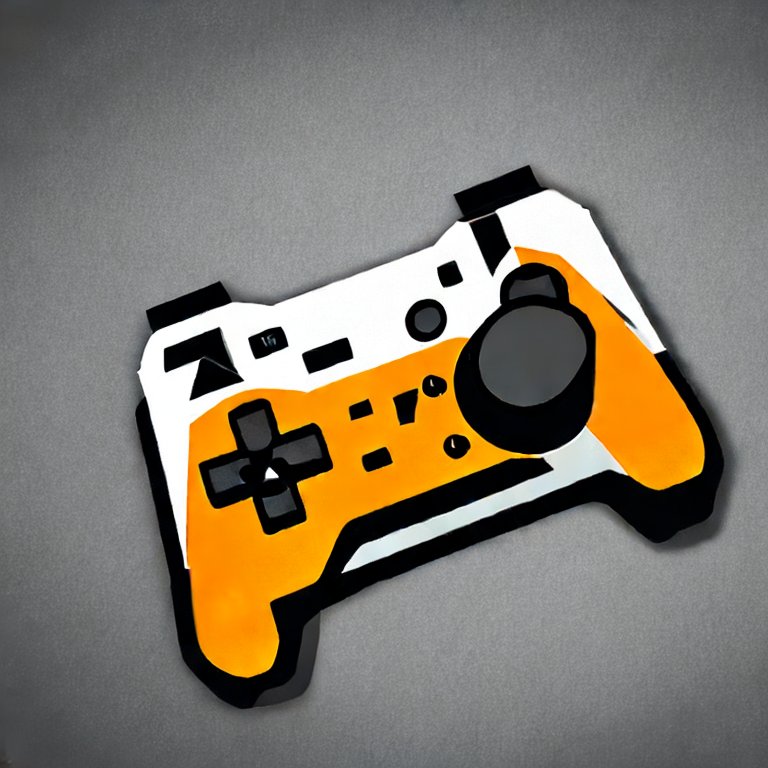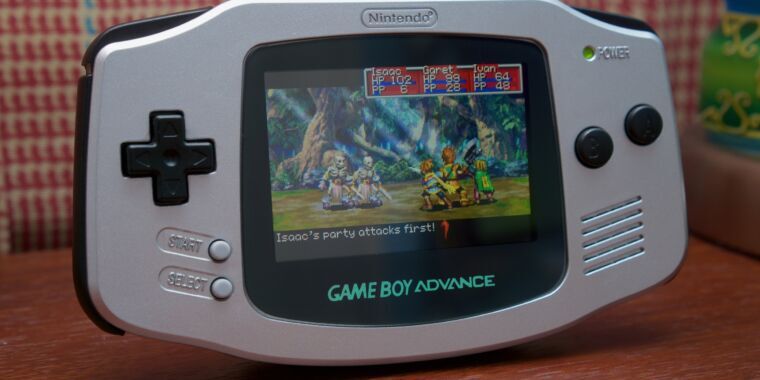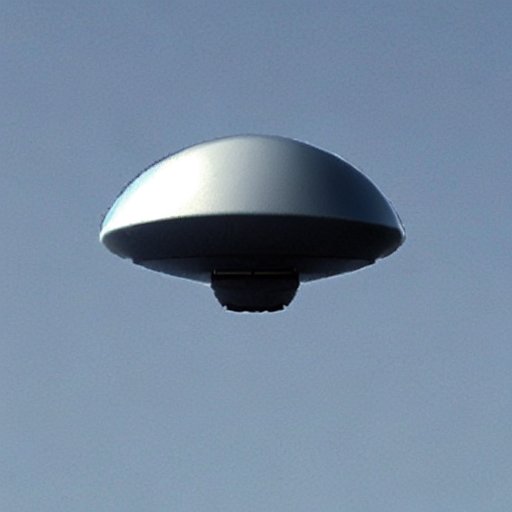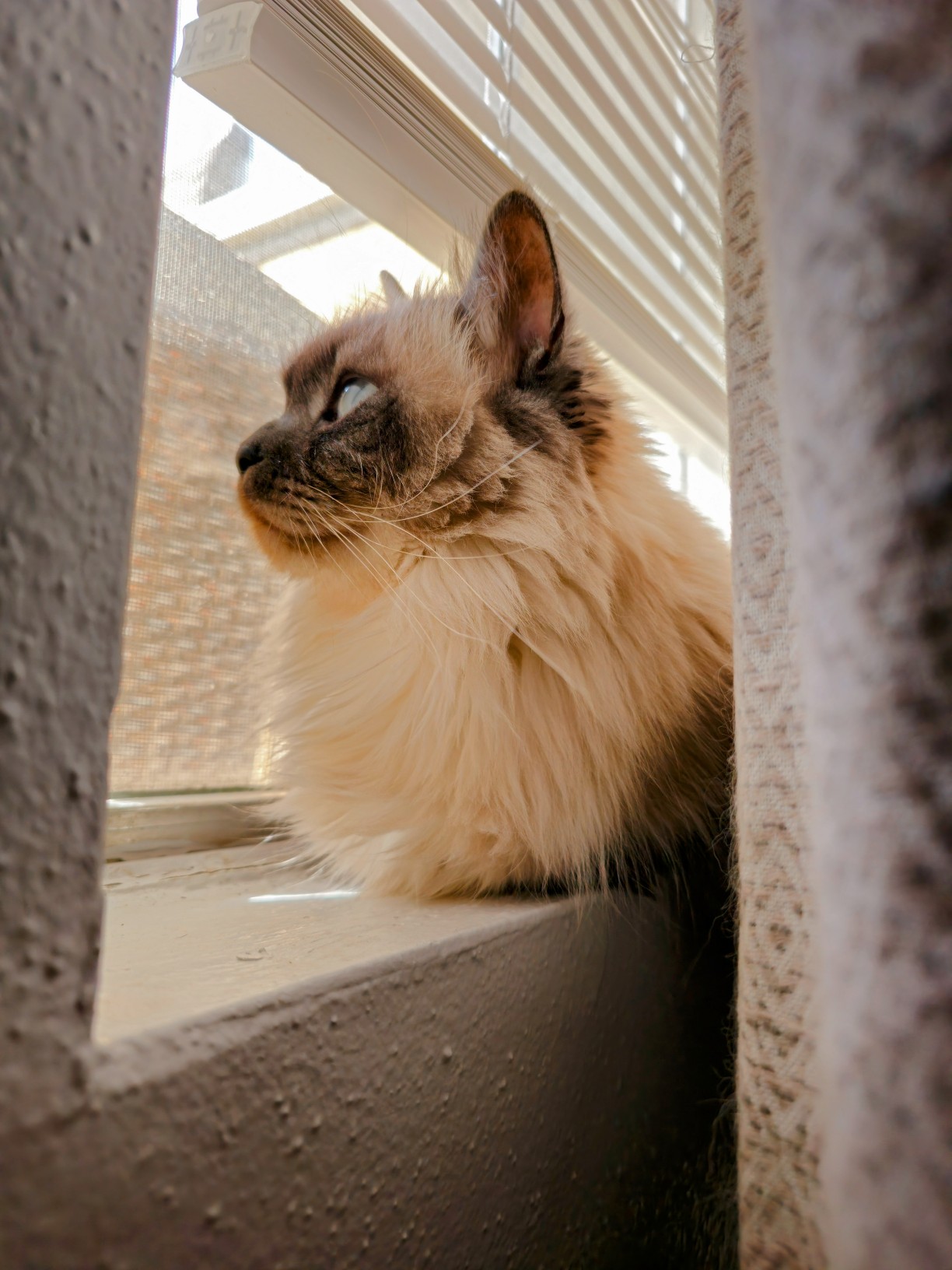I’m more confused than anything. What?
For some reason, when a GBA game crashes, the GBA will output the content of the game cartridge as audio over the headphone jack. This person noticed it and created a script that can re-create the ROM file (content of the cartridge) from the audio that the GBA outputs.
When I read shit like this I realize I don’t know a damn thing about computers
Oh, that’s not new tech.
Programs used to be on standard audio cassettes.
In fact, there were even radio shows that would broadcast games. Listeners could then record the audio onto a cassette and play it on their zx spectrum or commodore 64What the fuck, see know nothing about computers, despite a career in IT and a homelab addiction
It’s all data, whether that data is text, an image, audio, or a binary containing computer code.
Raw audio data is just a series of amplitudes. It has a bit depth (which says how many bits are in each amplitude sample) and a frequency (what is the change in time going from one amplitude to the next). Using those, you can convert it to an analog signal that can be played on a speaker. And if you use the same values to convert that signal back to digital, you end up with the same input signal (though with some random noise added and if you get unlucky and your sample phase lines up with the player’s transition phase, you won’t be able to extract the original signal, though it might sound similar). The multiple recordings help mitigate these issues.
Given that data format, any arbitrary file can be treated as raw sound that can be transmitted as analog audio.
The only real difference between this and other transfer methods we use to transfer files is that this involves a less reliable conversion from digital to analog back to digital because it wasn’t designed to do that like USB, COM, wifi, etc connections are.
Removed by mod
https://yurichev.com/mirrors/machine-code-for-beginners.pdf and then https://github.com/jherskow/nand2tetris/blob/master/nand2tetris BOOK.pdf you will somewhat understand computers after this.
Sending data over audio was how dial up Internet worked. My guess here is that the audio playing hardware loses the ability to come to a stopping point at the end of the audio file after a crash and starts playing the data in the memory after the audio file ends as if it were audio.
It might also be a debugging behavior built into the device
That’s my guess as well.
The guy who uploaded the video that corporate content farm is “reporting” on actually covers exactly why this happens. In short, the gba plays sound from a certain part of ram, which a cpu interrupt continously refreshes. In the event of a crash, it keeps playing sound, but doesn’t get the interrupt to keep it playing the proper data from ram. If you let it cycle through all of ram, it eventually leaks out and just starts playing, well, everything else, eventually getting to the game rom. Relevant Videos
Interesting. I’m check those out, thanks!
Why would you debug over audio when you can use a cable?
A signal is a signal. For system hardware developers it might have been a quick and dirty way to debug the hardware. It could also be an abandoned feature for low level developers and cartridge development teams. We may never know the real answer but it’s not an unreasonable thing to use the thing designed to output waves as a quick hookup point for logic analyzers / oscilloscopes.
I had a major brain fart and forgot you can connect audio over a cable too. Yeah, now that I’m thinking about it more it wasn’t that uncommon to transfer data over aux back in the day. I was imagining using a microphone which would have been silly.
I really don’t know.
If I had to guess possible reasons off the top of my head:
1: the aux cable and port are a very common for factor for electronics of all sorts, especially computers. So you could probably transfer that data to non-Gameboy devices and not have to manufacturer more proprietary GB ports which you may also have to write drivers for on your non-GB hardware. And your customers would also go through the hustle, if you require them to use your proprietary debugging hardware and drivers, when they inevitably test and debug their own games for your console.
2: in the event of a crash, the kernel might better be able to handle the aux than the proprietary port. Pure speculation by me.
Regardless of any possible reasons or strangeness, it just seems much more probable to me that the behavior of dumping the rom over the audio port is a design choice rather than a coincidence.
Program code for a Gameboy game wouldn’t normally be sent through an audio port so this is pretty weird.
Could be that their audio playback is done by hardware reading from a low address buffer in parallel to the rest of the logic and just relies on that logic to update pointers otherwise it will run through the entire address space.
Or it could be their way of implementing a full address space dump on a crash without large amounts of storage available and that just includes the ROM because it’s a part of that address space. But in the video, they were able to get a 100% match for the ROM using an emulator, so this isn’t it unless they didn’t mention chopping off a RAM section.
So he more or less brought a game back to life from it’s death rattle?
That’s fuckin badass.
I assume the game was playing an audio sample while it crashed, and the hardware never stopped playing, meaning it just kept playing through the entire address space.
Having not watched this yet, I’m going to guess that this failure state basically results in the processor simply incrementing its address pointer indefinitely which will inevitably just loop across the whole contents of the rom, along with current state ram data? Outputting audio might be a bug in this case, a hardware bug that is. Unless it was an esoteric way for the system designers to debug using oscilloscopes? Maybe it was meant to just dump ram contents but ended up hitting all rom addresses? Either way, I’m excited to watch this when I get some more time and just wanted to speculate based on the short description of the video I read.
I’m guessing it was a debug mechanism. There are other systems that use the audio port as a serial port in debug mode, so I’m guessing that’s what’s happening here.
Here’s a link to the original video https://youtu.be/0-7PSmYYHF0
Here is an alternative Piped link(s):
https://piped.video/0-7PSmYYHF0
Piped is a privacy-respecting open-source alternative frontend to YouTube.
I’m open-source; check me out at GitHub.
This is the best summary I could come up with:
This was discovered recently by TheZZAZZGlitch, whose job is to "sadistically glitch and hack the crap out of Pokémon games.
It’s “hardly a ready-to-use solution,” the modder notes, as it requires a lot of tuning specific to different source formats.
After crashing a GBA and recording it over four hours, the modder saw some telltale waveforms in a sound file at about the 1-hour, 50-minute mark.
Later in the sound-out, you can hear the actual instrument sounds and audio samples the game contains, played in sequence.
“2 days of bugfixing later,” the modder had a Python script ready that could read the audio from a clean recording of the GBA’s crash dump.
That’s about the halfway point of the video; you should watch the rest to learn how it works on physical hardware, how it works with a different game (an ARM code mystery in a replica cartridge), and how to get the best recordings, including the use of a “cursed adapter” that mixes down to one channel the ugly way.
The original article contains 419 words, the summary contains 171 words. Saved 59%. I’m a bot and I’m open source!
I’m pretty sure in the guy’s video that came before that one, he said that he didn’t know if other games handled audio in the same way that the Gen 3 Pokemon games did, and that they might not be able to be copied this way.
I’m interested to see if someone can do this again, but with a completely different game, maybe Metroid Fusion or something, idk.












